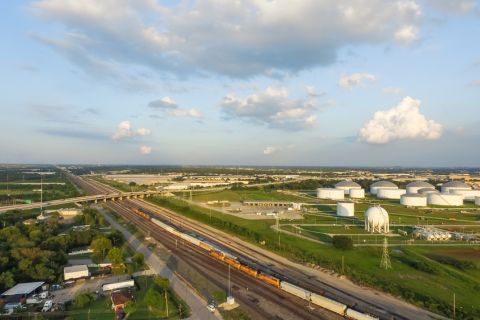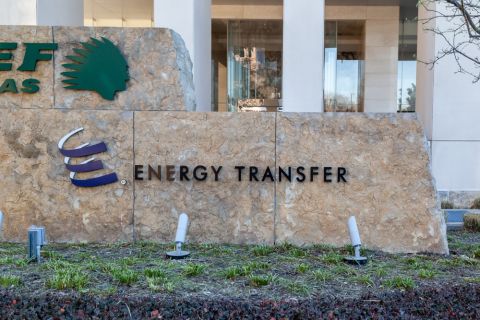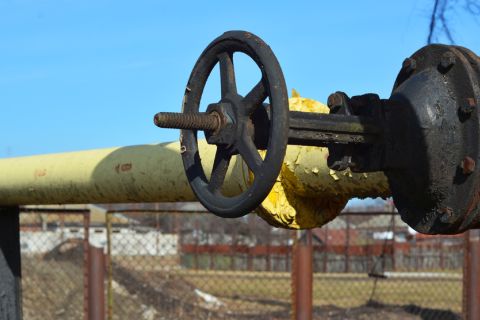U.S. crude production soared nearly 600,000 barrels per day (bbl/d) in August to record of 12.4 million, buoyed by a 30% increase in Gulf of Mexico output, according to government data released on Oct. 31.
The U.S. has become the world's largest oil producer with output surging to records above 12 million bbl/d this year as technological advances have increased production from shale formations across Texas, North Dakota and New Mexico. All three states saw output rise in August.
Additionally, oil production in the Gulf of Mexico (GoM) rose 469,000 bbl/d in the month to a record for the region at above 2 million bbl/d, according to the U.S. Energy Information Administration's (EIA) monthly drilling report.
Hurricane Barry in July disrupted GoM output, accounting for some of the month on month gain. Still, GoM output has climbed by about 100,000 bbl/d from the start of the year.
Output from Texas rose 98,000 bbl/d and North Dakota increased by 28,000 bbl/d, the EIA said.
Demand for gasoline rose to a record 9.82 million bbl/d in the month. Demand for diesel also rose, climbing to 4 million bbl/d, according to a separate monthly report issued by the agency on Oct. 31.
Meanwhile, monthly gross natural gas production in the lower 48 U.S. states rose to an all-time high of 104.2 billion cubic feet per day (Bcf/d) in August from the prior record of 101.6 Bcf/d in July, according to the EIA's 914 report.
The 2.6 Bcf/d rise in Lower 48 gas production was the third biggest on record behind increases of 5 Bcf/d in October 2008 and 2.8 Bcf/d in November 2005.
In Texas, the biggest gas-producing state, output increased 1.9% to a record high of 28.5 Bcf/d in August from the prior monthly all-time high of 28 Bcf/d in July.
In Pennsylvania, the second-biggest gas-producing state, output rose 0.6% to a record 19.2 Bcf/d in August from the prior all-time high of 19.1 Bcf/d in July.
Recommended Reading
Midstream Operators See Strong NGL Performance in Q4
2024-02-20 - Export demand drives a record fourth quarter as companies including Enterprise Products Partners, MPLX and Williams look to expand in the NGL market.
Post $7.1B Crestwood Deal, Energy Transfer ‘Ready to Roll’ on M&A—CEO
2024-02-15 - Energy Transfer co-CEO Tom Long said the company is continuing to evaluate deal opportunities following the acquisitions of Lotus and Crestwood Equity Partners in 2023.
Apollo Buys Out New Fortress Energy’s 20% Stake in LNG Firm Energos
2024-02-15 - New Fortress Energy will sell its 20% stake in Energos Infrastructure, created by the company and Apollo, but maintain charters with LNG vessels.
Phillips 66 Explores Sale of Pipeline Stake Worth Over $1B, Sources Say
2024-03-26 - The Rockies Express Pipeline is a 2730-km interstate natural gas pipeline stretching from Wyoming and Colorado in the West to Ohio.
Summit Midstream Sells Utica Interests to MPLX for $625MM
2024-03-22 - Summit Midstream is selling Utica assets to MPLX, which include a natural gas and condensate pipeline network and storage.




